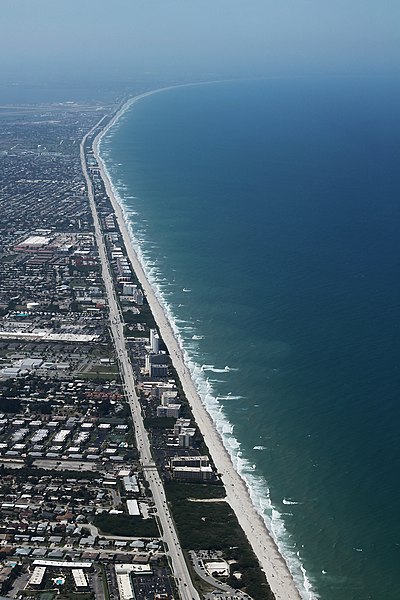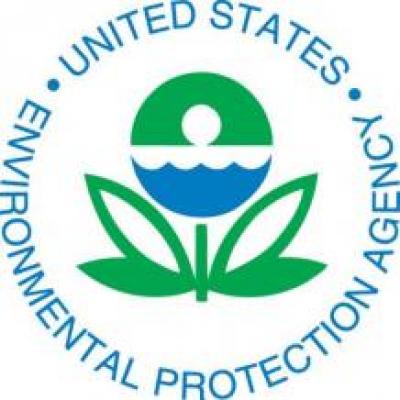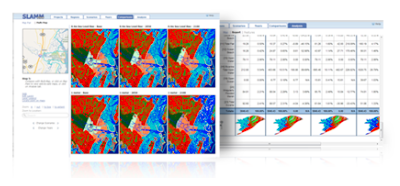Indian River Lagoon and City of Satellite Beach, Florida Adaptation Project

Photo attributed to formulaone. Incorporated here under the Creative Commons Attribution-Share Alike 2.0 Generic license. No endorsement by licensor implied.
Posted by
Rachel GreggProject Summary
The Indian River Lagoon National Estuary Program (IRLNEP) received financial and technical assistance in 2009 through the EPA's Climate Ready Estuaries Program. IRLNEP worked with the City of Satellite Beach, Florida, to incorporate sea level rise projections and policies into the city's Comprehensive Growth Management Plan. The three components of the project are a vulnerability assessment, public outreach, and policy development. This project aimed to educate local stakeholders and decision makers, formulate an adaptation plan, and inform similar efforts in other parts of the lagoon and similar areas throughout the United States.
Background
The primary climate change impact of concern to Indian River Lagoon and the City of Satellite Beach is sea level rise; other effects like loss of habitat, species, and biodiversity, increased invasive and non-native species, and decreased water quality threaten the ecosystem as a consequence of climate change. The IRLNEP worked with the City of Satellite Beach in Brevard County, Florida, to develop an adaptive management plan to enhance the city’s resilience in the face of these impacts. This pilot project had three elements: 1) assessing the area’s vulnerability to sea level rise, 2) communicating the issues and project process with stakeholders and local decision makers, and 3) formulating and implementing the adaptation plan.
Implementation
The three project components – a vulnerability assessment, outreach and education efforts, and an adaptation plan – have been completed. Modeling under various scenarios, the project partners have estimated the extent of sea level rise impacts and identified vulnerable areas and infrastructure in the city. During public forums, scientists showed one scenario estimating that 5% of the city will be submerged by a +2-foot rise by approximately 2060 and another that showed an additional 20% inundation with +4-foot rise. Through these meetings and a media campaign of press events, press releases, editorial pieces, radio PSAs, and newsletters, the project leads have argued that by implementing an adaptation plan now, the city will be able to take action and make modifications to adapt to challenges in the future; this effort will be more cost effective in the long run.
Outcomes and Conclusions
The City of Satellite Beach has incorporated strategies to address and adapt to climate change impacts such as sea level rise into their comprehensive planning. In the City’s 2019 Comprehensive Plan, multiple objectives and policies incorporated actions to address sea level rise. In 2017, the city also released their first Sustainability Action Plan and developed a city Sustainability Board. The plan includes a sustainability assessment report and an outline of opportunities and recommendations. The plan is divided into five categories: built environment; land and water systems; energy and transportation networks; community outreach; and quality of life.
Resources:
City of Satellite Beach Comprehensive Plan 2019
Natural Hazard Risk and Vulnerability Analysis Satellite Beach, Florida
City of Satellite Beach Sustainability Action Plan
Citation
Gregg, R. M. (2021). Indian River Lagoon and City of Satellite Beach, Florida Adaptation Project [Case study on a project of the Indian River Lagoon National Estuary Program]. Version 2.0. Product of EcoAdapt's State of Adaptation Program. (Last updated May 2021)




